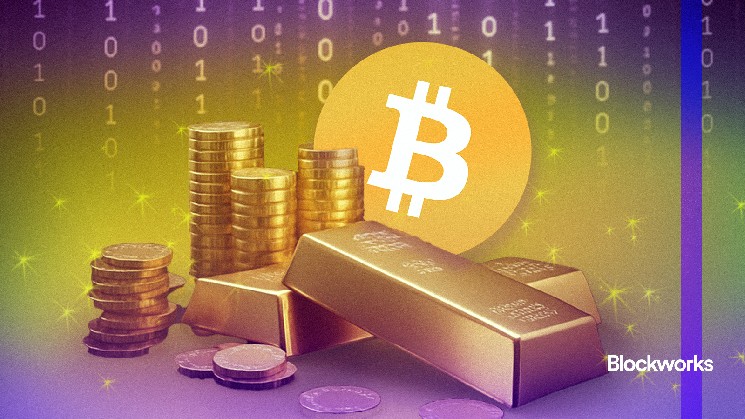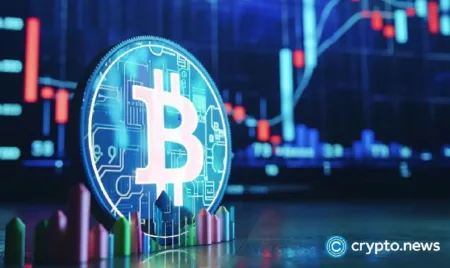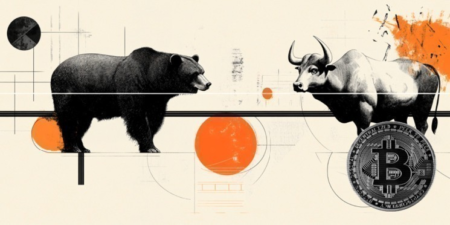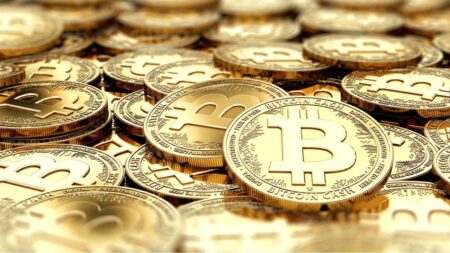This is a segment from the Supply Shock newsletter. To read full editions, subscribe.
Decentralization is a spectrum.
No doubt you’ve heard this before. After all, Bitcoin started out much more centralized than it is today: There were check points and single-digit node counts, and the hash rate is believed to have been concentrated mostly with Satoshi for at least the first year.
But a spectrum needs two dimensions, otherwise it’s just a scale.
For blockchains (and peer-to-peer networks more generally), the other dimension would be “interestingness” — the more decentralized something is, the more interesting it is.
Pre-Bitcoin, e-gold was the most successful alternative digital currency. And it was still very interesting, even with its overt centralization.
Seventeen years ago, in 2008 (and five months before Bitcoin’s white paper), the public got confirmation that e-gold’s legal appeals couldn’t save it: A federal judge had ruled that e-gold was in fact a money transmitter by the government’s standards.
The company and its execs would officially stand trial for operating as one without a license, with four criminal counts against their names, for which they’d plead guilty.
At the very surface level, e-gold was not totally dissimilar from how some stablecoins operate, only it was launched in 1998, when there was no such thing as a cryptocurrency.
Users would first exchange fiat currency for digital grams of gold that would then be credited to their e-gold accounts. Gold & Silver Reserve Inc., an offshore company registered in Saint Kitts and Nevis, physically backed each of those digital grams with actual gold — first in a safe deposit box in Florida and later across bank vaults in London and Dubai.
E-gold users could then cheaply send gold-denominated payments to other users, and balances could then be cashed out via supporting money exchangers.
All transactions were instant, irreversible and tallied by a private ledger operated by the company on a centralized server. Gold & Silver Reserve Inc. charged a minor fee for the trouble, and allowed accounts to be opened without any identity checks, making each user pseudonymous.
E-gold was properly massive for its time. At its 2006 peak, it was second only to PayPal when it came to internet-native payment processing: over 5 million registered accounts spread all over the world, with active users pushing $2 billion worth of transactions per year.
But the cumulative value of all the e-gold in circulation — which we’d probably describe as its market cap — was low by today’s standard. It was only $85 million, converting to around 3.8 metric tons of physical gold to back each unit.
Tether Gold, probably the closest we have to a modern crypto equivalent of e-gold, otherwise has a circulating supply of over $800 million, but only about 134,000 transactions in the token’s entire history. Around 7,250 Ethereum addresses contain at least some Tether Gold, although those include exchange hot wallets holding balances on behalf of an unknown numbers of users.
Read the full article here









